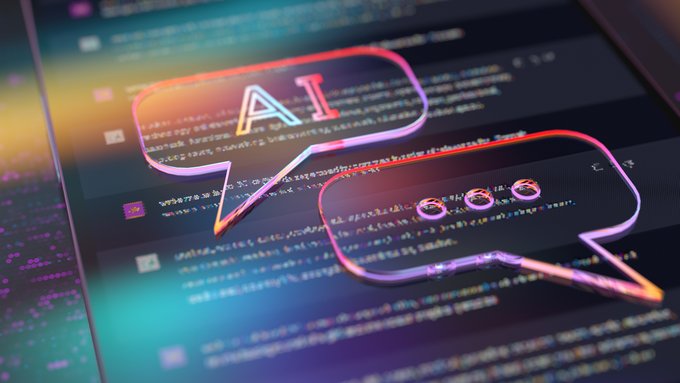Generative AI could transform work; boosting productivity and democratising innovation
Ian Goldin, Professor of Globalisation and Development at the Oxford Martin School and report co-author, said, ‘Generative AI is a dual-edged sword that offers enormous potential to accelerate solutions to a number of the world’s greatest challenges, with new health cures, energy and innovation. But it also could destroy jobs, undermine democracy and widen inequalities and the divisions wi,thin our society and between countries.
‘The challenge now is to develop the regulatory frameworks and guardrails required to ensure its benefits are widely shared and sustained.’
Generative AI…offers enormous potential to accelerate solutions to a number of the world’s greatest challenges…But it also could destroy jobs, undermine democracy and widen inequalities
Professor Ian Goldin
In a contribution to Unleashing AI, from Citi Investment Bank, the Oxford Martin team explores the opportunities and challenges of Generative artificial intelligence and found potential opportunities:
- Silicon. Generative AI will fuel significant growth across supply chains, led by greater demand for computing resources, networking, and memory chips.
- Infrastructure & Platforms. Over time, expect to see more differentiation, for instance in the types of solutions offered, performance and pricing.
- Models and Machine Learning Operations. The open-source community is likely to be a key driver of innovation in this layer, which encompasses all types of models facilitating Generative AI.
- Software and Applications. Nearly all software companies are expected to be impacted in some form, but company-specific execution will be critical.
- Services. Generative AI is expected to represent a step forward from ongoing AI/automation initiatives across the IT and Business Process Management services.
Dr Pantelis Koutroumpis, Director of the Oxford Martin Programme on Technological and Economic Change , and report co-author, said, ‘Generative AI has already shown an impressive potential across a range of applications over the recent months. The adoption of these technologies appears to correlate with a sizeable productivity boost, but their limitations are also evident to their users.
‘Beyond more data and better computing resources, these models excel when fed with high-quality human generated inputs.’
The adoption of these technologies appears to correlate with a sizeable productivity boost, but their limitations are also evident to their users
Dr Pantelis Koutroumpis
The report also highlights a series of challenges, including:
- Data used to train Generative AI systems are susceptible to bias or inaccuracies, for example in respect of gender and race.
- The economics of operating large language models could trigger further increases in inequality between those who have access to these capabilities and those who do not.
- As language models become more coherent, they are also becoming more fluent at generating factually incorrect statements and fabrication.
- Training Generative AI requires huge archives of images, text, and other forms of input, throwing up potential legal risks including intellectual property (IP) infringement.
- The potential to displace jobs and to increase inequality is greater and more rapidly disruptive than with previous waves of technology; and
- The transformative potential of Generative AI has triggered broader concerns around the existential threat posed by AI, particularly against a varied regulatory backdrop.
The report concludes that the world is now in an ‘AI Arms Race’, with countries striving to establish scientific and technological dominance through research output and patenting.

